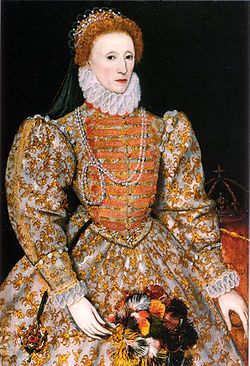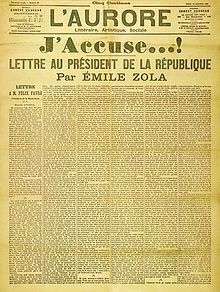Cross posted from The Stars Hollow Gazette
This is your morning Open Thread. Pour your favorite beverage and review the past and comment on the future.
Find the past “On This Day in History” here.
January 21 is the 21st day of the year in the Gregorian calendar. There are 344 days remaining until the end of the year (345 in leap years).
On this day in 1911, the first Monte Carlo Rally takes place.
The Monte Carlo Rally (officially Rallye Automobile Monte-Carlo) is a rallying event organised each year by the Automobile Club de Monaco who also organises the Formula One Monaco Grand Prix and the Rallye Monte-Carlo Historique . The rally takes place along the French Riviera in the Principality of Monaco and southeast France.
From its inception in 1911 by Prince Albert I, this rally, under difficult and demanding conditions, was an important means of testing the latest improvements and innovations to automobiles. Winning the rally gave the car a great deal of credibility and publicity. The 1966 event was the most controversial in the history of the Rally. The first four finishers driving three Mini-Coopers, Timo Makinen, Rauno Aaltonen and Paddy Hopkirk, and Roger Clark‘s 4th-placed Ford Cortina “were excluded for having iodine vapour, single filament bulbs in their standard headlamps instead of double-filament dipping bulbs.” This elevated Pauli Toivonen (Citroen ID) into first place overall. The controversy that followed damaged the credibility of the event. The headline in Motor Sport: “The Monte Carlo Fiasco.”
From 1973 to 2008 the rally was held in January as the first event of the FIA World Rally Championship, but since 2009 it has been the opening round of the Intercontinental Rally Challenge (IRC) programme. As recently as 1991, competitors were able to choose their starting points from approximately five venues roughly equidistant from Monte Carlo (one of Monaco’s administrative areas) itself. With often varying conditions at each starting point, typically comprising dry tarmac, wet tarmac, snow, and ice, sometimes all in a single stage of the rally. This places a big emphasis on tyre choices, as a driver has to balance the need for grip on ice and snow with the need for grip on dry tarmac. For the driver, this is often a difficult choice as the tyres that work well on snow and ice normally perform badly on dry tarmac.
The Automobile Club de Monaco confirmed on 19 July 2010 that the 79th Monte-Carlo Rally would form the opening round of the new Intercontinental Rally Challenge season. To mark the centenary event, the Automobile Club de Monaco have also confirmed that Glasgow, Barcelona, Warsaw and Marrakesh has been selected as start points for the rally.

 On this day in 1801,
On this day in 1801,  On this day in 1853,
On this day in 1853,  On this day in 1865, the United States
On this day in 1865, the United States  On this day in 1919, the
On this day in 1919, the 

 The bill to fast track the controversial Trans-Pacific Partnership Agreement was
The bill to fast track the controversial Trans-Pacific Partnership Agreement was  On this day in 1761, the
On this day in 1761, the  The Third Battle of Panipat saw an enormous number of casualties and deaths in a single day of battle. It was the last major battle between indigenous South Asian military powers, until the creation of
The Third Battle of Panipat saw an enormous number of casualties and deaths in a single day of battle. It was the last major battle between indigenous South Asian military powers, until the creation of  On this day in 1898, French writer
On this day in 1898, French writer